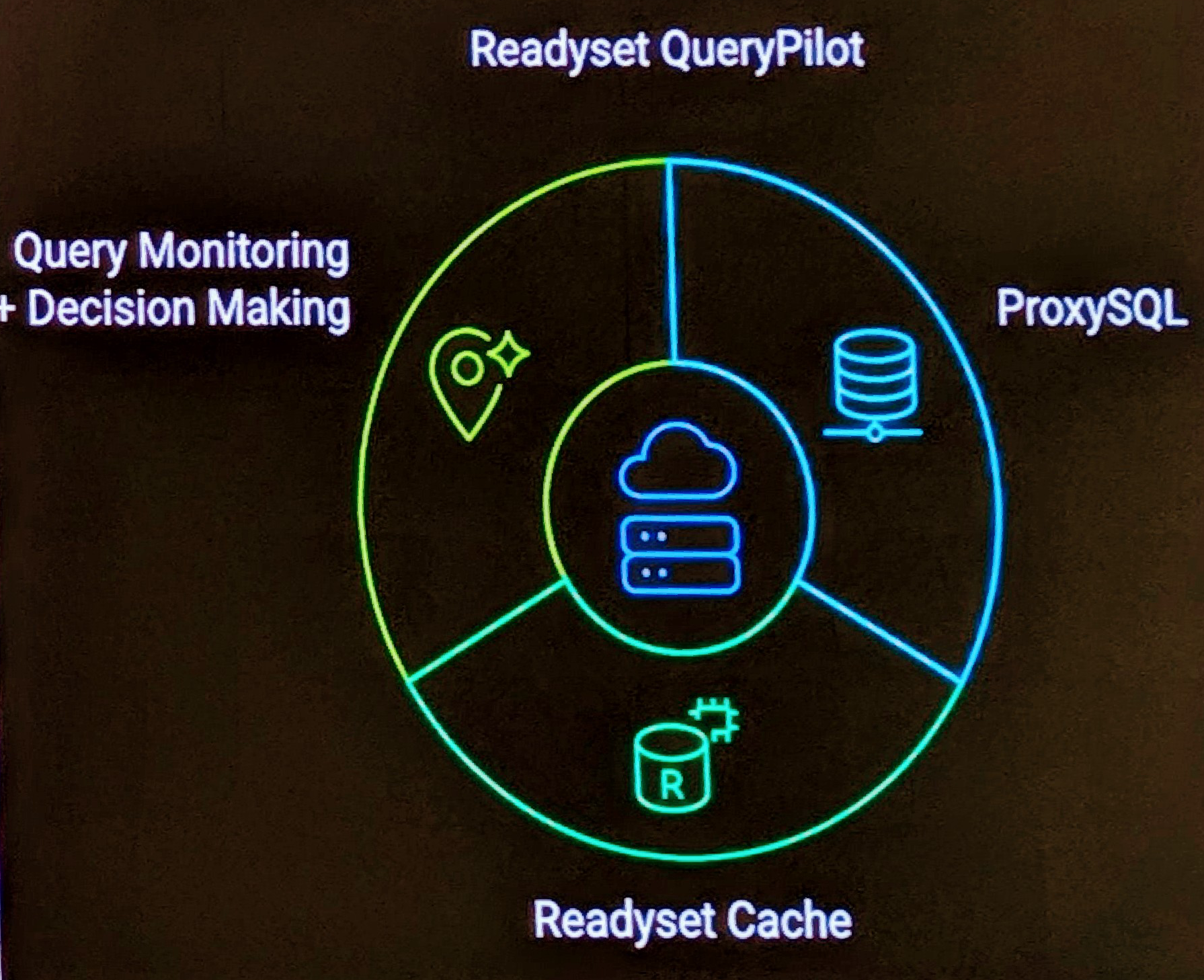MySQL Replibeertion was the last scheduled session on Day 2, but not withstanding there was free beer (a lot of), there was a serious side with a Replication Discussion.
One of the first questions by Jeremy was “Are the any big replication users?” to which Sheeri quickly replied “Are you calling me fat again”.
This was a highly interactive session, here are some of the points from the audience.
Some Uses of Replication
- Backup
- Hot standby
- Scaling
- Data Warehousing
- Slaves are larger then your database
- For no special reason
- Consolidation of multiple sources
- Support for multiple indexes
Issues
- Can break
- replication lag
- bi-directional replication is not supported
- hard to setup replication/initialization upto point to run one command
- hard to know when the slave is out of sync (working but broken) diagnose
- does not manage binary logs for you (max-bin-logs )
- no row level replication (5.1 row based replication, change based replication, good and bad )
- Serialized execution on the slave
- Master does not keep track of the slaves (to the master, the slave is just another connection) Jeremy comment “it really really sucks in production systems.”
- No multi-master replication. A slave can not have more then one master.
- ring replication. No idea when something breaks what is right.
- no ability for delayed duplication.
- no way to get binlogs back. (manually twink the info file)
- Master doesn’t care what data is on the slave.
- A replication backup is really only good for the restoration of that machine
- Default reconnection timeout is way, way to high (default of 1 minute). It should be at most 1 second with exponential fallback. (master-connect-retry), no fallback, no max number of retries, logged in error log every time.
Feature Results (Things replication needs, what you want to see)
- Delayed Replication
- Registered Salves in the Master
- Import Binlog
- Checksum Table Events (Need ability for table checksum to be added to binlog periodically so it can be checked by the slave.)
- Global Sequence Number
- Connect Retry Exponential Backoff
- Hetrogous Replication (Oracle to MySQL). Golden Gate Software has a commercial offering
- Command Exclusion List (sql_log_bin=0)
- Replication filters by data on the slave
- Show upcoming queries, skip query
- Multi-Master to one slave
- piping mysqlbin log commands into the mysql client fails for some character sets.
- Binlog index capability
- Checksum of Binary Events to determine a command is valid
- command line interface in mysqllog so you could go backwards and forwards, then execute commands.
Check out more at Google Code Blog.


